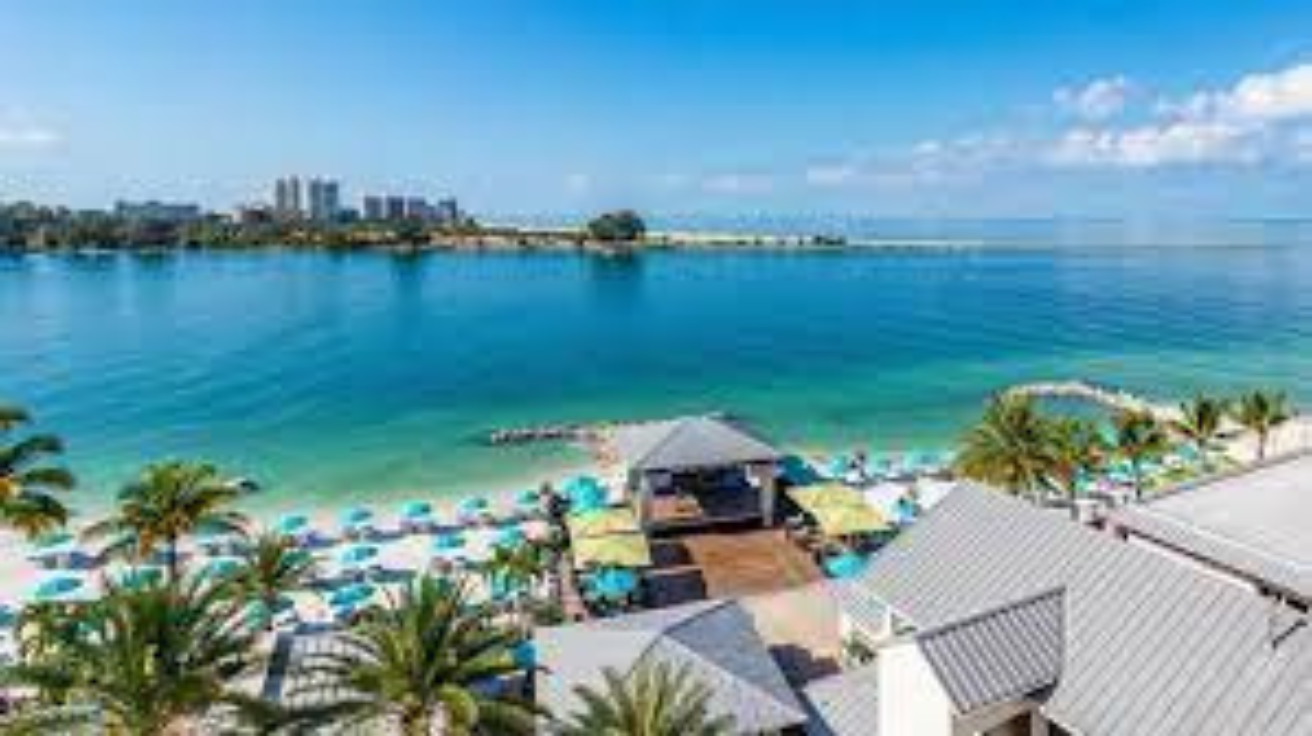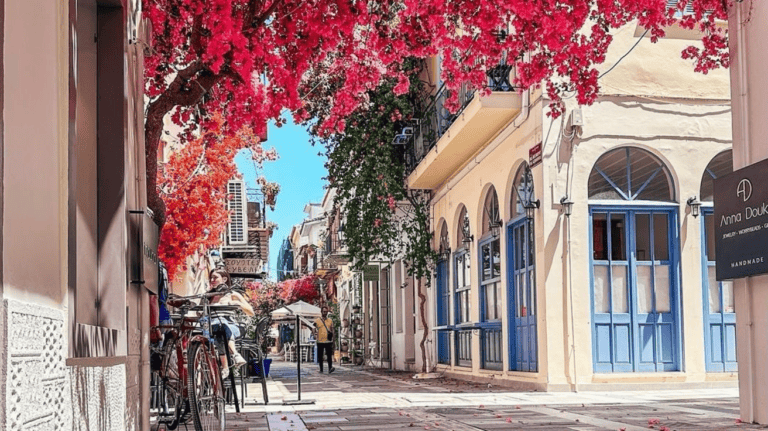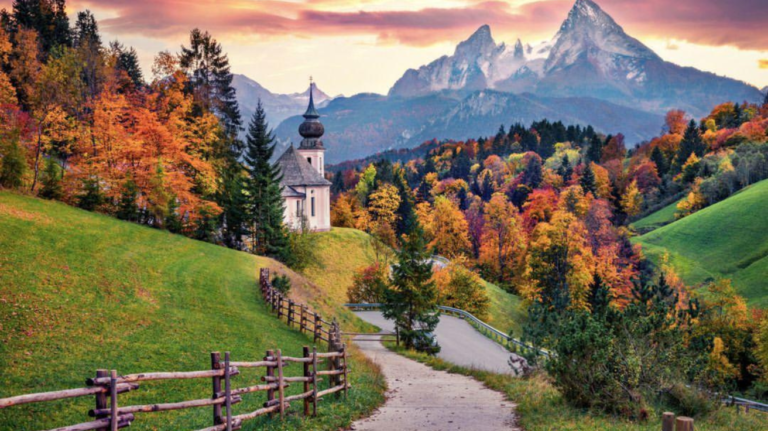What are the Biggest Travel Mistakes People Make in Florida
When people think of Florida, images of beautiful beaches, world-famous theme parks, vibrant nightlife, and stunning natural landscapes often come to mind. The Sunshine State attracts millions of visitors annually, drawn to its warm weather, scenic views, and unique destinations. However, behind Florida’s allure, there are also a few common travel mistakes that can turn an exciting trip into a stressful one. Whether you’re a first-time visitor or a seasoned traveler, here’s a comprehensive guide to the biggest travel mistakes people make in Florida, packed with practical tips to help you plan and enjoy a seamless trip.
1. Underestimating Florida’s Weather Variability
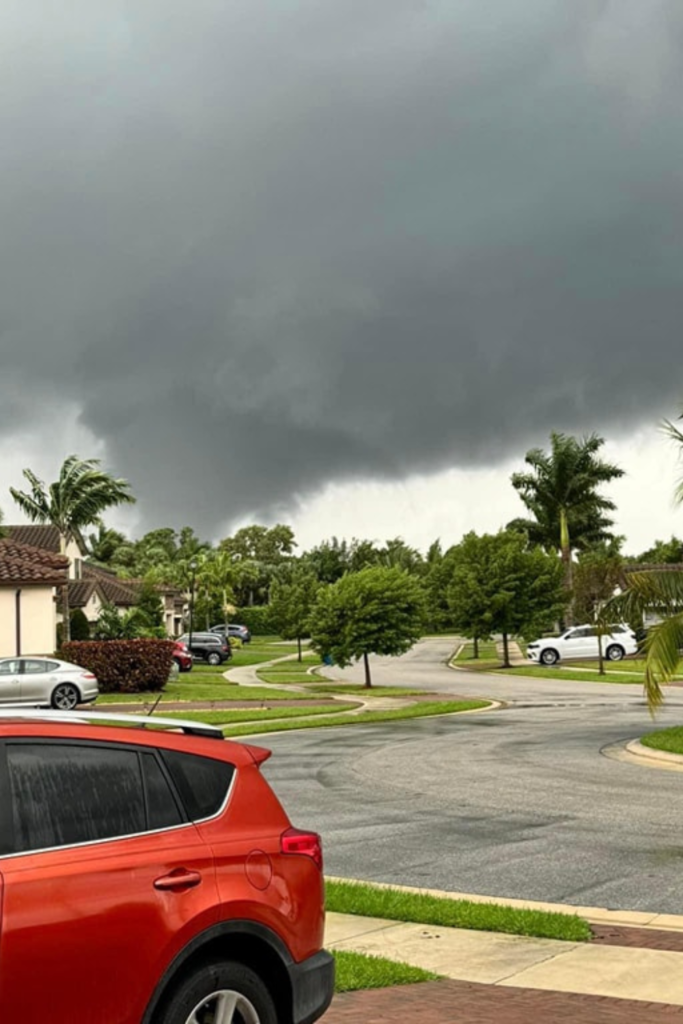
Mistake: Many visitors think Florida’s weather is uniformly sunny and warm, but this is far from accurate. Florida’s climate varies greatly by region and season. From intense summer thunderstorms to occasional winter cold snaps, failing to prepare for Florida’s weather can make your trip uncomfortable and even dangerous.
What to Do Instead:
- Summer Weather: Summer (June to August) in Florida brings high humidity, scorching temperatures, and regular afternoon thunderstorms. Prepare for the heat by packing lightweight, breathable clothing, sunscreen, and a hat. Since thunderstorms are frequent, carry a compact umbrella or rain jacket, especially if you’ll be in cities prone to flooding, like Miami.
- Hurricane Season: June to November is hurricane season in Florida. If you’re visiting during this time, keep an eye on weather forecasts and have a backup plan in case of severe weather. Invest in travel insurance that covers natural disasters for peace of mind.
- Winter Weather: Although winters are generally mild, Florida occasionally experiences chilly days. Bring a light jacket if you’re visiting in December or January, especially if you’re traveling to northern cities like Tallahassee or Jacksonville.
- Regional Variations: Northern Florida can be cooler and less humid than southern regions, so be aware of the climate differences if you’re road-tripping.
2. Traveling During Peak Tourist Season Without Planning
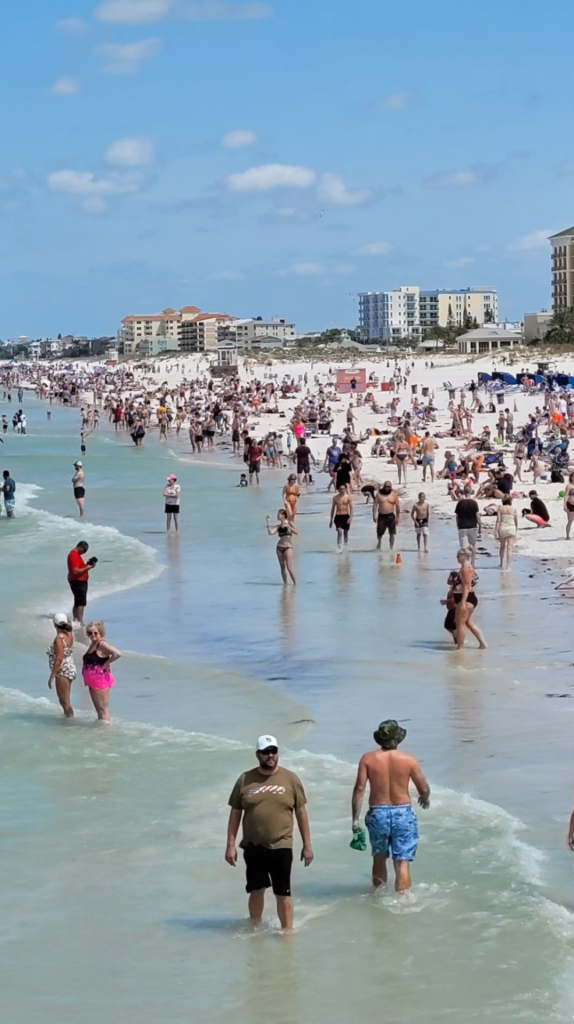
Mistake: Many people flock to Florida in peak season (December to April) without realizing how crowded and costly it can be. The influx of “snowbirds” escaping colder climates leads to higher hotel rates, long lines at attractions, and busy beaches.
What to Do Instead:
- Consider Shoulder Season: Visiting in spring (April to May) or fall (September to November) can provide a great balance of pleasant weather and smaller crowds.
- Advanced Reservations: If you’re set on a winter trip, plan months in advance. Book hotels, theme park tickets, and reservations early to lock in availability and better rates.
- Crowd Management: If peak season is unavoidable, try to schedule popular attractions for early mornings or later in the day. For theme parks, consider purchasing express passes to minimize wait times.
3. Overlooking Florida’s Hidden Gems and Small Towns
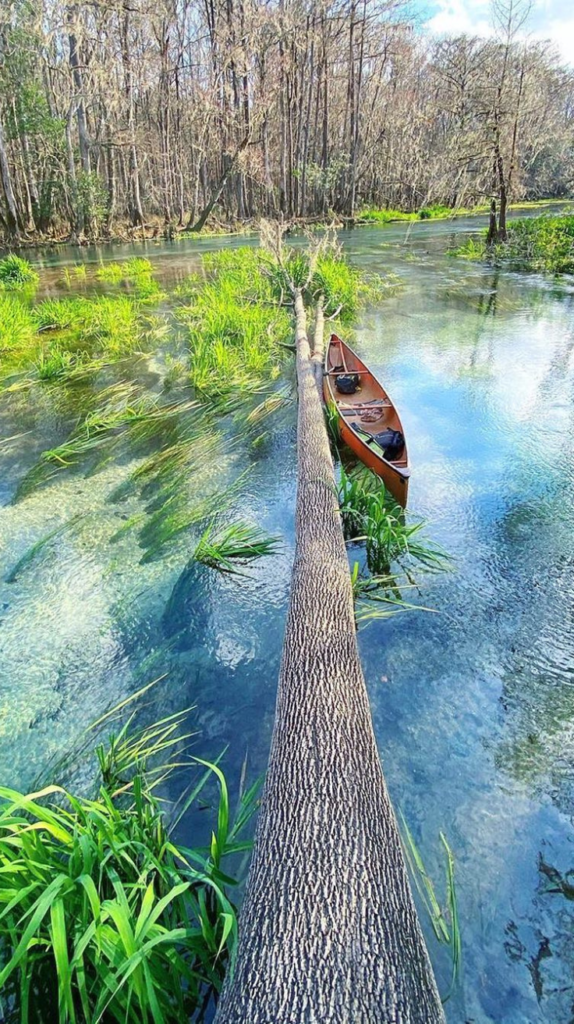
Mistake: While iconic spots like Miami Beach, Orlando’s theme parks, and the Florida Keys are undoubtedly popular for a reason, Florida has plenty of hidden gems that tourists often miss by sticking to the well-trodden path.
What to Do Instead:
- Explore Small Towns: St. Augustine, the oldest city in the U.S., boasts historic sites and charming cobblestone streets. Cedar Key offers a tranquil, old-Florida feel with excellent kayaking and fresh seafood. Mount Dora is a quaint lakeside town perfect for antique shopping and strolling.
- Discover Natural Wonders: Florida is home to beautiful springs like Ichetucknee and Ginnie Springs in northern Florida, where you can snorkel or float in crystal-clear waters. The Ocala National Forest is another hidden gem with beautiful lakes, trails, and campgrounds.
4. Neglecting the Intensity of the Florida Sun

Mistake: Many people don’t realize how intense Florida’s sun can be, especially during summer. Sunburns, dehydration, and heat exhaustion are common and can quickly ruin a vacation.
What to Do Instead:
- Sun Protection: Apply sunscreen with a high SPF before you head out and reapply frequently, especially if you’re swimming. Wear a wide-brimmed hat, sunglasses, and light, long-sleeve clothing to protect yourself.
- Hydration: Bring a refillable water bottle and take advantage of free water refill stations (especially in theme parks) to stay hydrated.
- Take Breaks: Florida’s heat can be overwhelming. Schedule breaks indoors or in shaded areas, and avoid strenuous activities during midday.
5. Overpacking Your Itinerary

Mistake: Travelers often cram their schedules to fit in as many sights and activities as possible, leading to burnout and missed experiences.
What to Do Instead:
- Prioritize Activities: Decide on a few must-see attractions and plan around them. Give yourself time to enjoy each experience rather than rushing.
- Leave Flexibility: Allow for downtime to relax and explore unplanned spots. Florida has a lot to offer beyond the obvious highlights, and slowing down can give you time to enjoy it.
- Sample Itinerary: Consider alternating busy days with quieter ones. For example, if you spend a day at Disney World, follow it with a more relaxed day at a nearby park or beach.
6. Misjudging Travel Times and Traffic
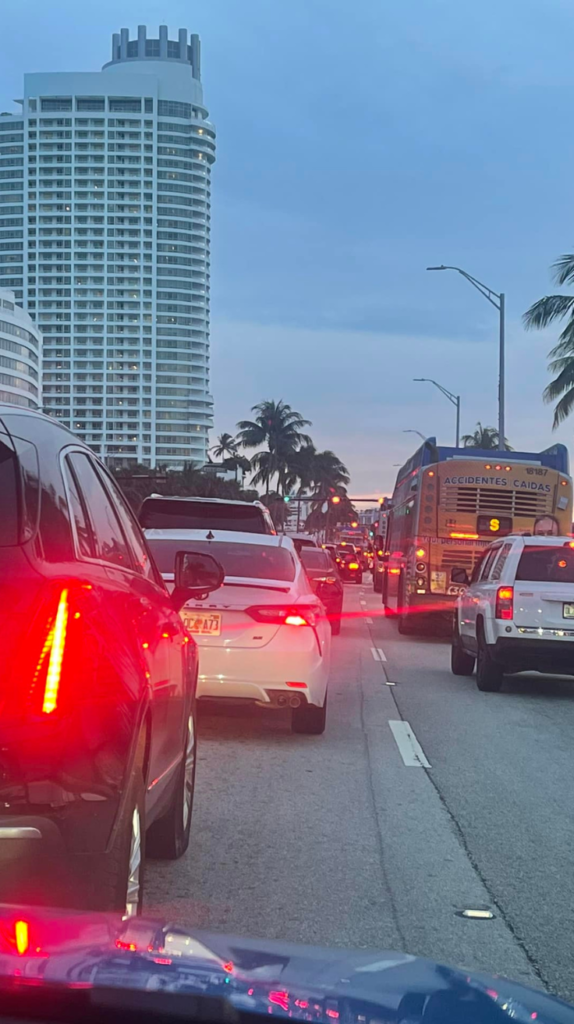
Mistake: Florida is a large state, and travelers often misjudge travel times, especially when driving between cities. Traffic can be especially dense in major cities like Miami and Orlando.
What to Do Instead:
- Plan Realistically: Use GPS apps to estimate travel times accurately, but be prepared for delays. For example, Orlando to Miami can take four to five hours by car.
- Alternate Routes: During rush hour, consider back roads or alternative routes. Florida also has toll roads, so be sure to carry cash or get a SunPass for convenience.
- Break Up Long Drives: If you’re driving long distances, break up the trip with interesting stops. For example, the Space Coast is a great stop between Orlando and Miami.
7. Overlooking the True Cost of Theme Park Visits

Mistake: Theme parks are a major draw, but the expenses can quickly add up beyond just ticket prices. Hidden costs for parking, meals, and express passes can be a surprise.
What to Do Instead:
- Budget for Extras: Research additional costs like parking fees (which can be up to $30 per day), express passes, and meals, which are often pricey inside the parks.
- Pack Wisely: Many parks allow you to bring your own water bottles and snacks, which can help keep costs down. Also, consider dining outside of the parks for a more affordable meal.
- Look for Deals: Multi-day passes, combo tickets, and package deals can help reduce overall expenses. If you’re planning to visit multiple parks, check for discounts and special packages.
8. Not Respecting Local Wildlife
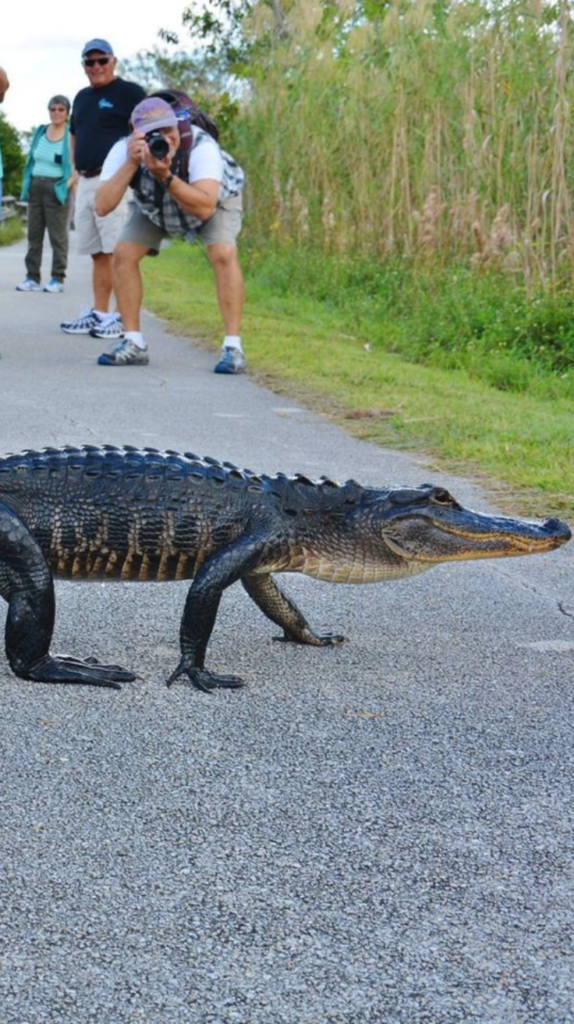
Mistake: Florida has a rich ecosystem with unique wildlife, but many travelers make the mistake of getting too close to wild animals, feeding them, or disturbing their habitats.
What to Do Instead:
- Keep a Safe Distance: Admire wildlife from afar, whether it’s alligators, dolphins, or manatees. Feeding wildlife can harm their health and change their natural behaviors.
- Know Wildlife Hotspots: If you want to see Florida’s wildlife, visit responsible spots like the Everglades for alligator tours or Crystal River for manatee encounters.
- Wildlife Safety: Never swim in waters marked for alligators and always follow posted signs in parks and natural areas.
9. Assuming All Florida Beaches Are the Same
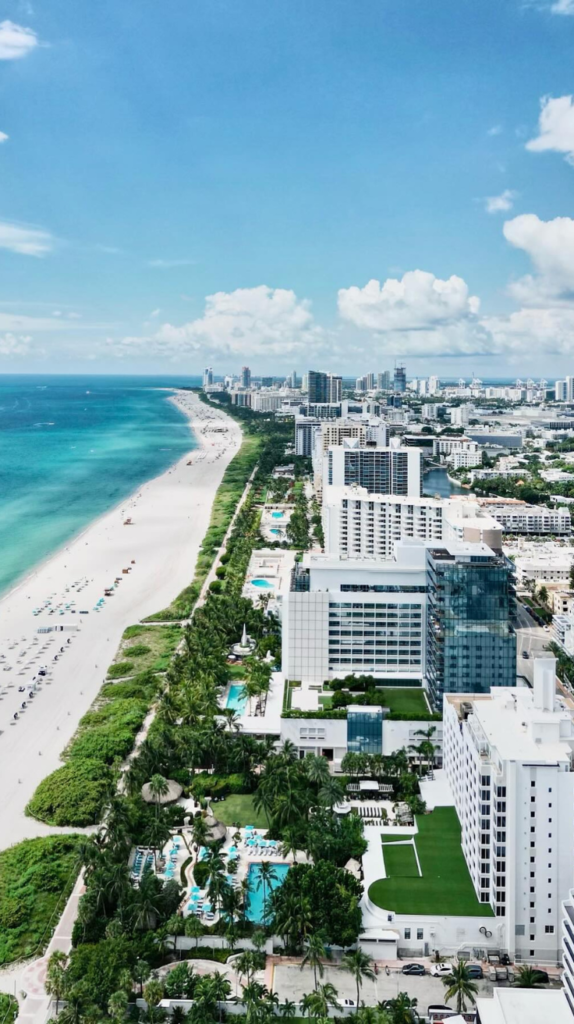
Mistake: Travelers often assume that all Florida beaches offer the same experience, but the state’s beaches vary greatly in vibe, amenities, and landscape.
What to Do Instead:
- Choose Based on Preferences: For a lively atmosphere, Miami Beach or Clearwater is ideal. For a quieter, family-friendly environment, consider Fort De Soto Park near St. Petersburg or Seaside along the Panhandle.
- Be Aware of Safety: Learn about potential hazards such as rip currents and marine life (like jellyfish). Pay attention to local advisories and only swim in lifeguarded areas.
10. Misjudging the Florida Keys’ Unique Geography and Culture

Mistake: Many people expect the Florida Keys to be like mainland beaches, but the Keys offer a distinct island experience and lack the sprawling beaches many expect.
What to Do Instead:
- Plan for the Keys’ Vibe: The Keys are known for laid-back vibes, water activities, and small-town charm. Embrace the slower pace and enjoy unique experiences like snorkeling at John Pennekamp Coral Reef State Park.
- Take Your Time on the Overseas Highway: The drive from Miami to Key West takes about four hours. Plan to stop at places like Bahia Honda State Park for beautiful views and unique photo opportunities.
- Water-Based Activities: Since sandy beaches are limited, focus on other experiences like fishing, boating, and exploring marine life through snorkeling or diving.
11. Misunderstanding Tipping and Service Expectations

Mistake: Florida follows the U.S. custom of tipping for most services, which can surprise international travelers unaccustomed to this practice.
What to Do Instead:
- Know Standard Tips: In restaurants, 15-20% of the bill is typical. Hotel staff and tour guides also generally expect small tips. Plan your travel budget to include tipping for a smooth experience.
- Double-Check Service Charges: Some restaurants add a service charge automatically, especially in tourist-heavy areas, so check your bill to avoid double tipping.
12. Skipping Florida’s Unique State and National Parks
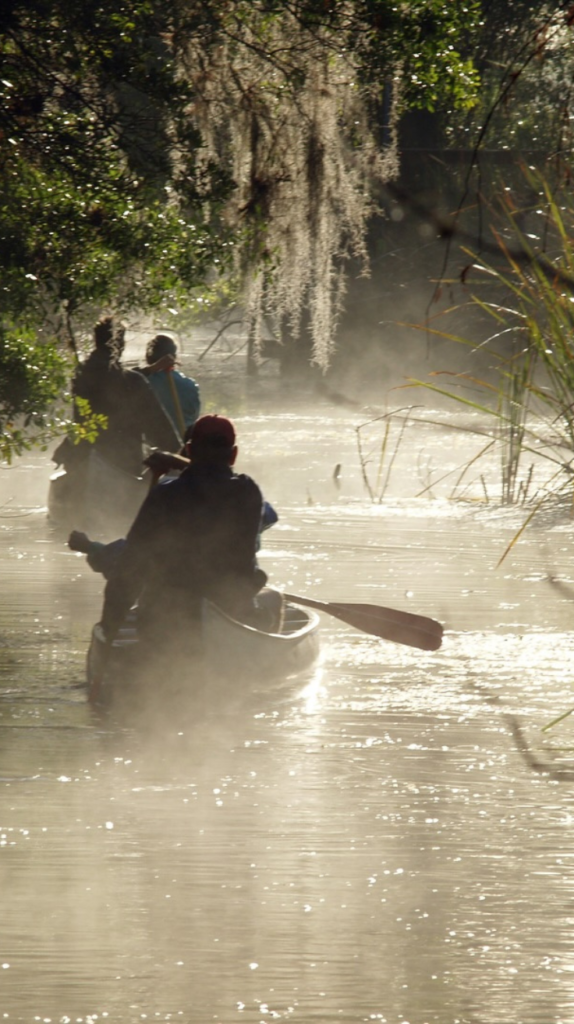
Mistake: Many visitors focus solely on Florida’s beaches and theme parks, but the state is also home to a wealth of stunning natural parks and preserves. Skipping these areas means missing out on Florida’s incredible natural beauty, from swamps and wetlands to forests and springs.
What to Do Instead:
- Explore State and National Parks: Everglades National Park is a must-see for its unique ecosystem and opportunities to see alligators, birds, and other wildlife. In northern Florida, visit natural springs like Ichetucknee Springs and Ginnie Springs for a swim in crystal-clear waters. Big Cypress National Preserve and Canaveral National Seashore also offer unique landscapes and recreational opportunities.
- Plan for Park Fees: Some parks have entry fees, so check ahead and consider a National Park Pass if you plan to visit multiple sites.
Conclusion
Traveling in Florida can be a wonderful adventure filled with beaches, theme parks, wildlife, and cultural experiences. However, by avoiding these common travel mistakes, you’ll be better prepared to make the most of your time in the Sunshine State. Plan ahead, stay flexible, and take the time to explore the diverse offerings that Florida has to offer beyond the typical tourist attractions. With a little foresight, you can ensure a smooth and enjoyable trip.
